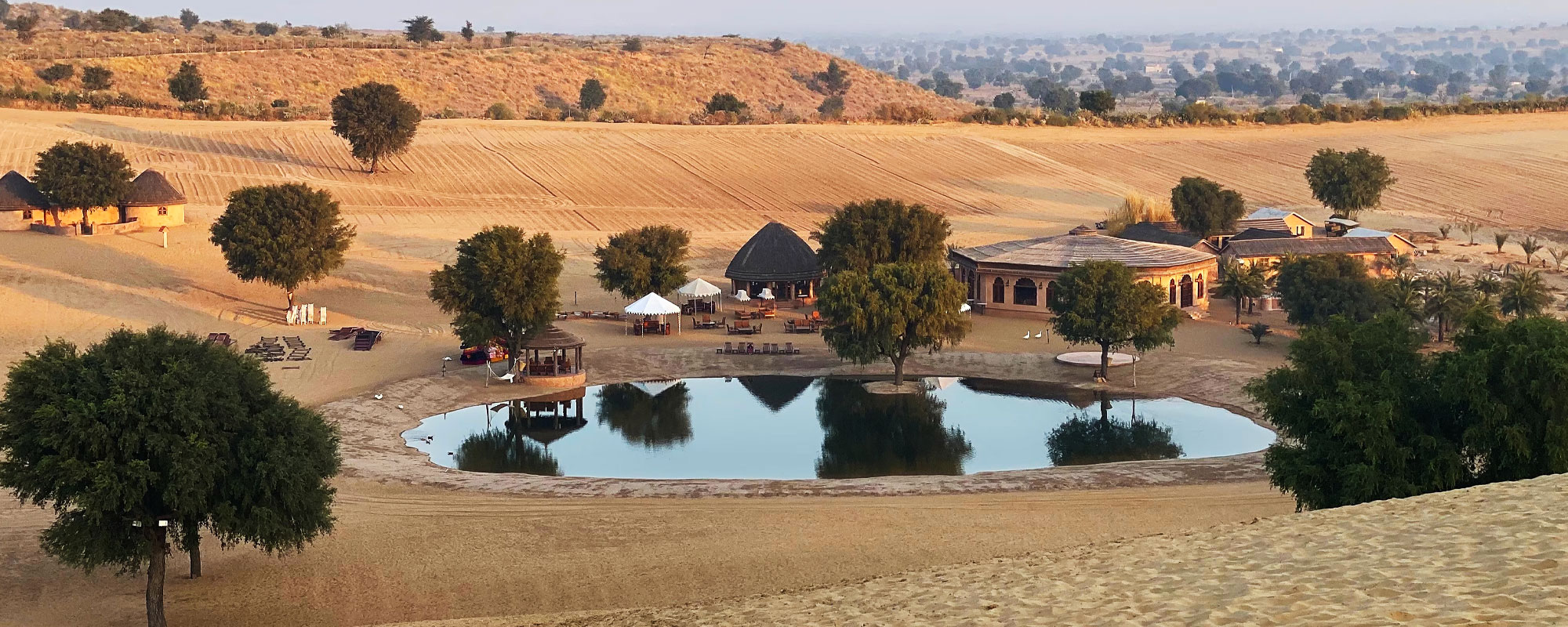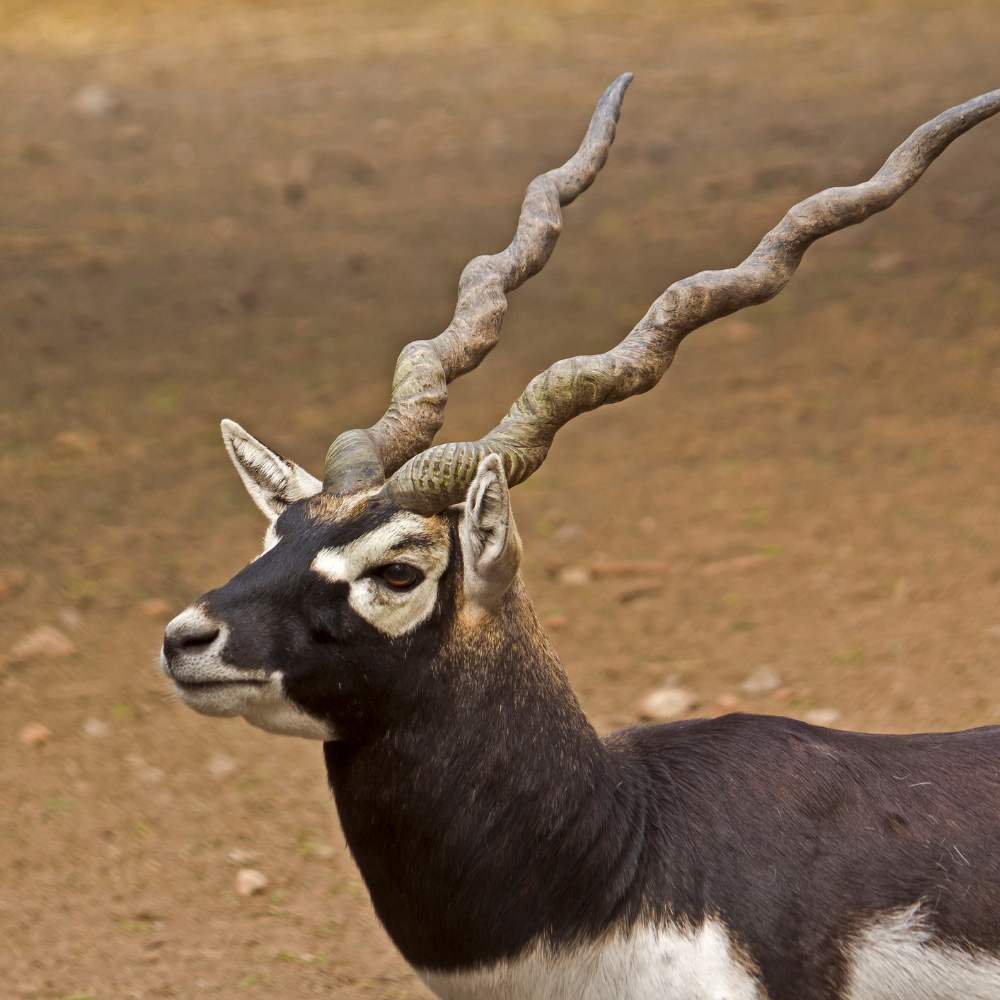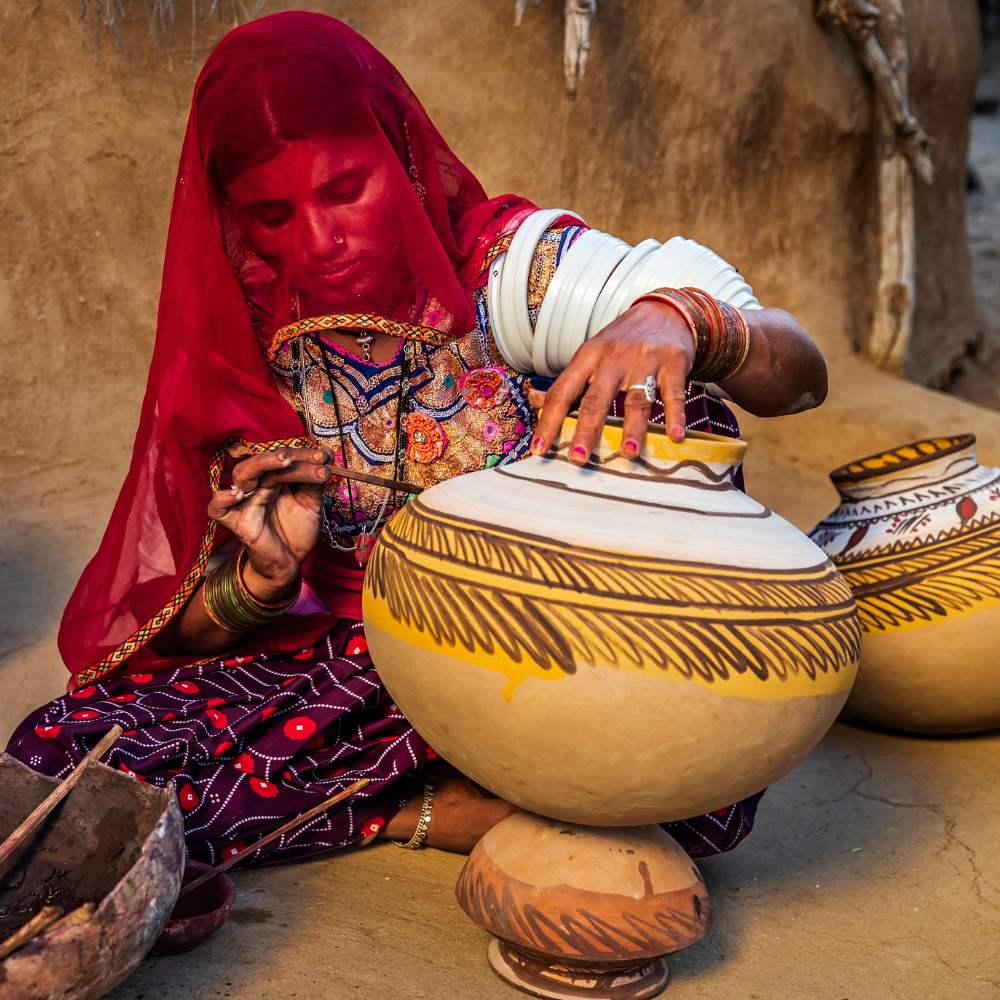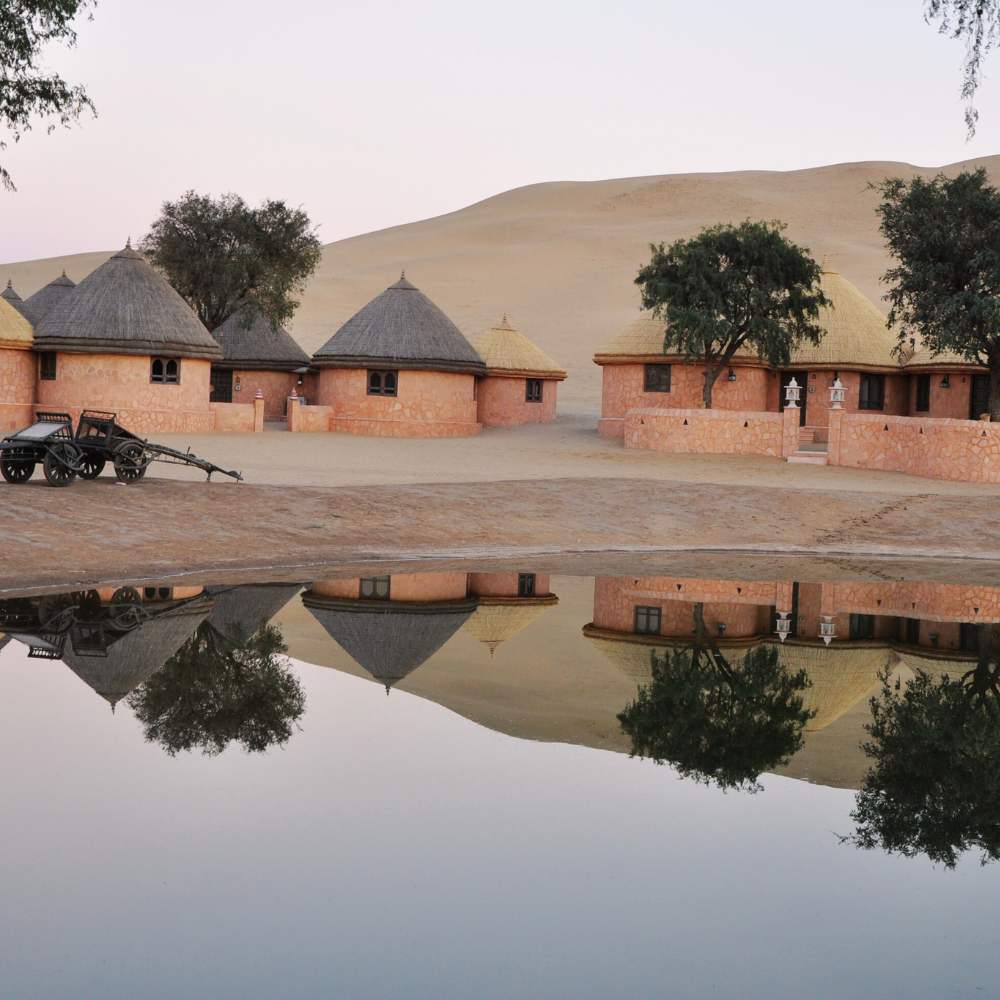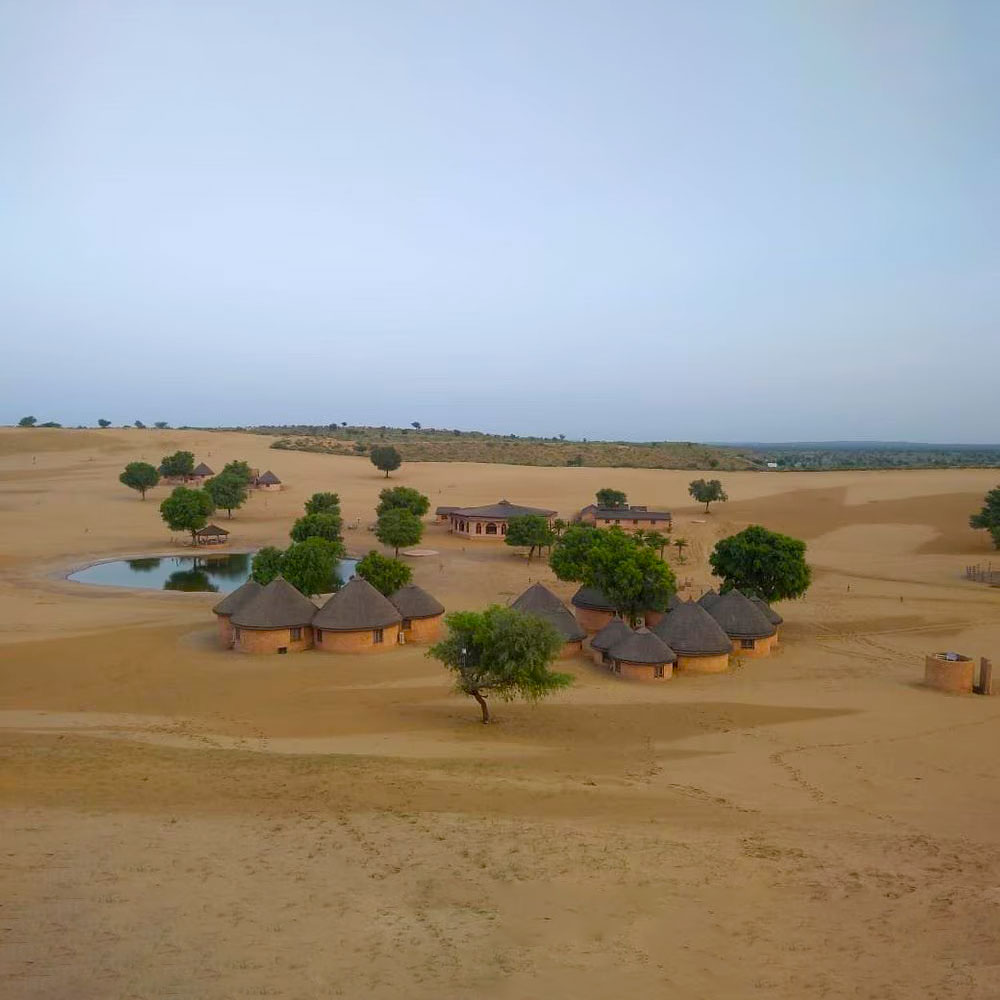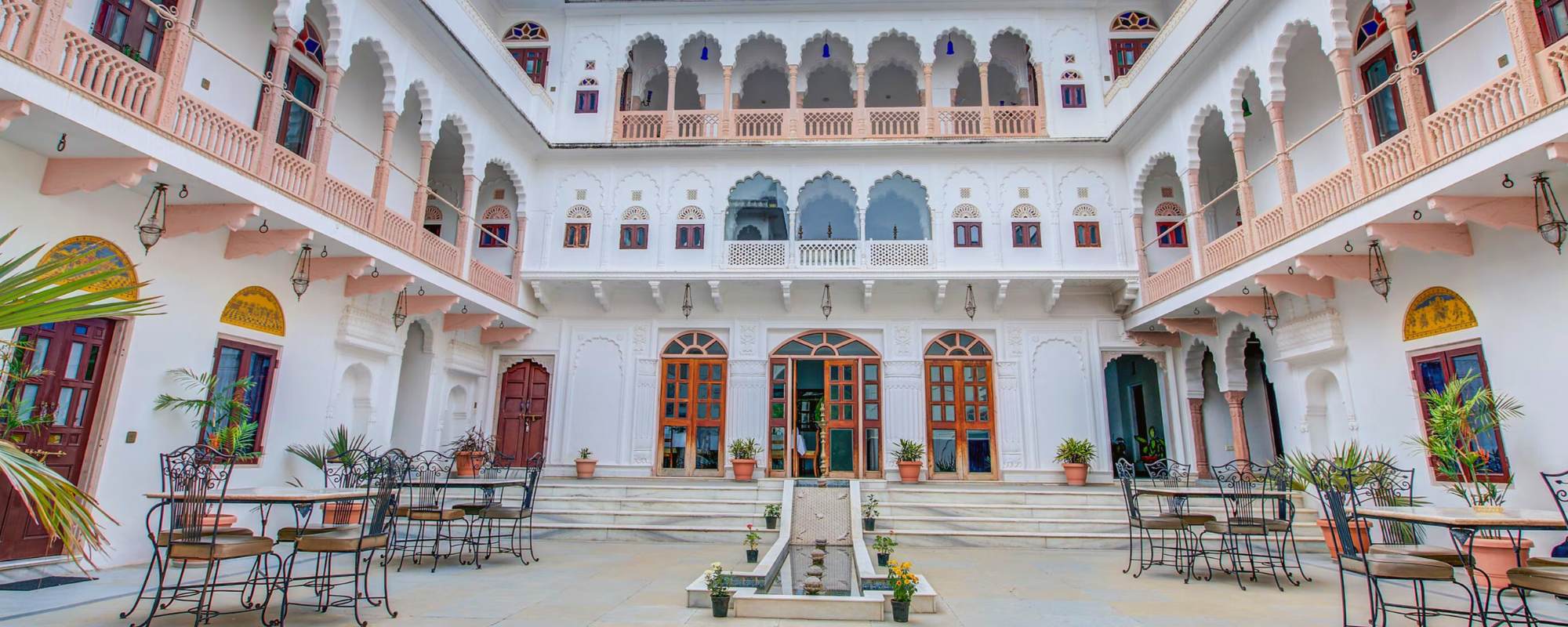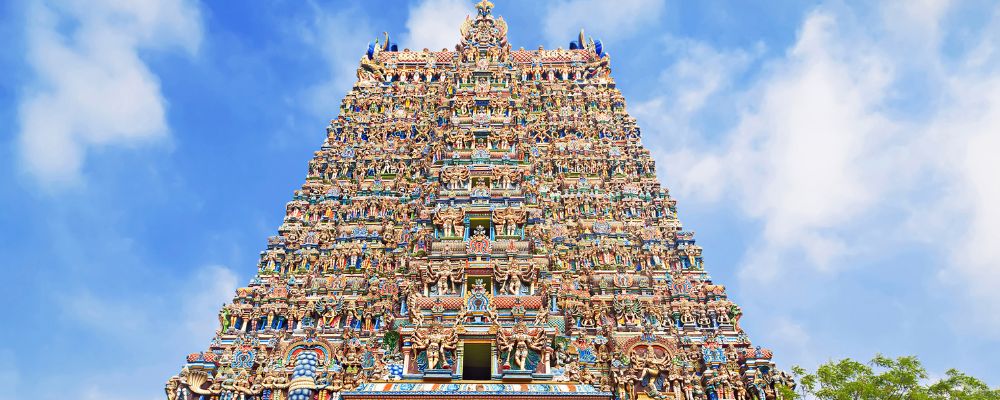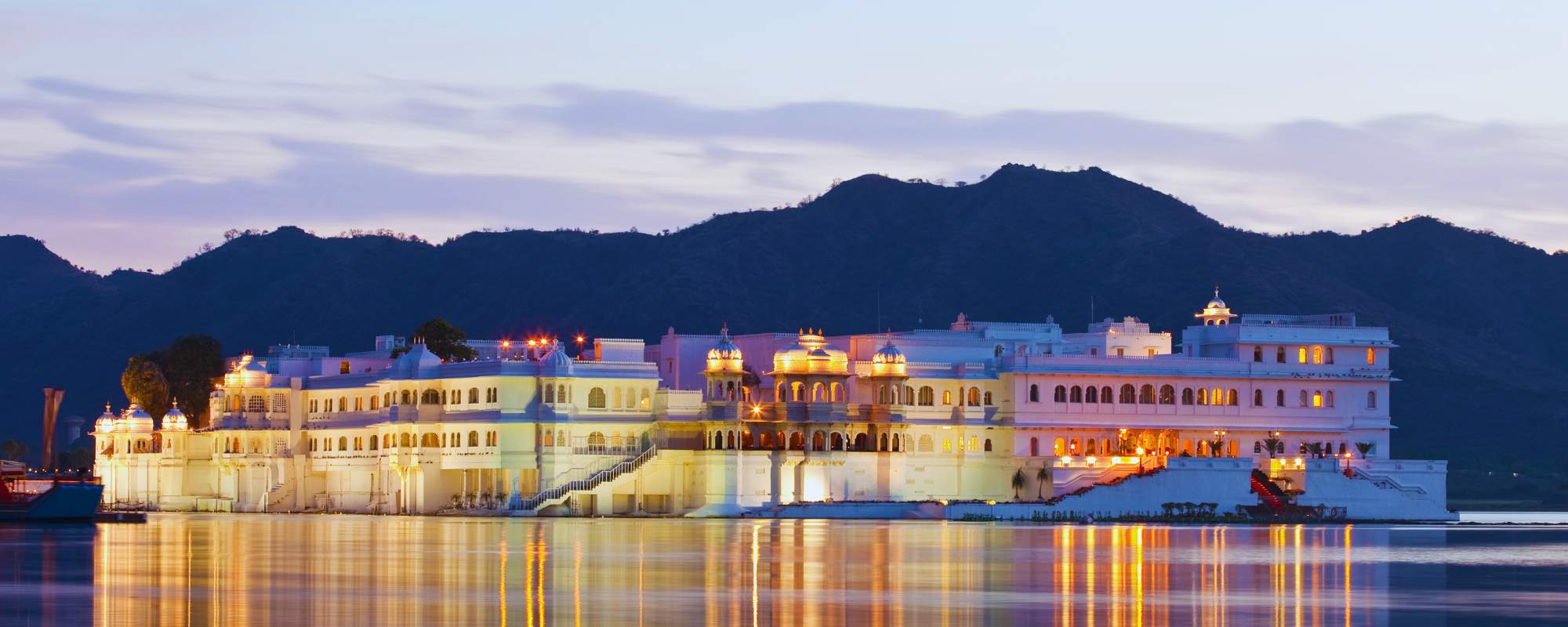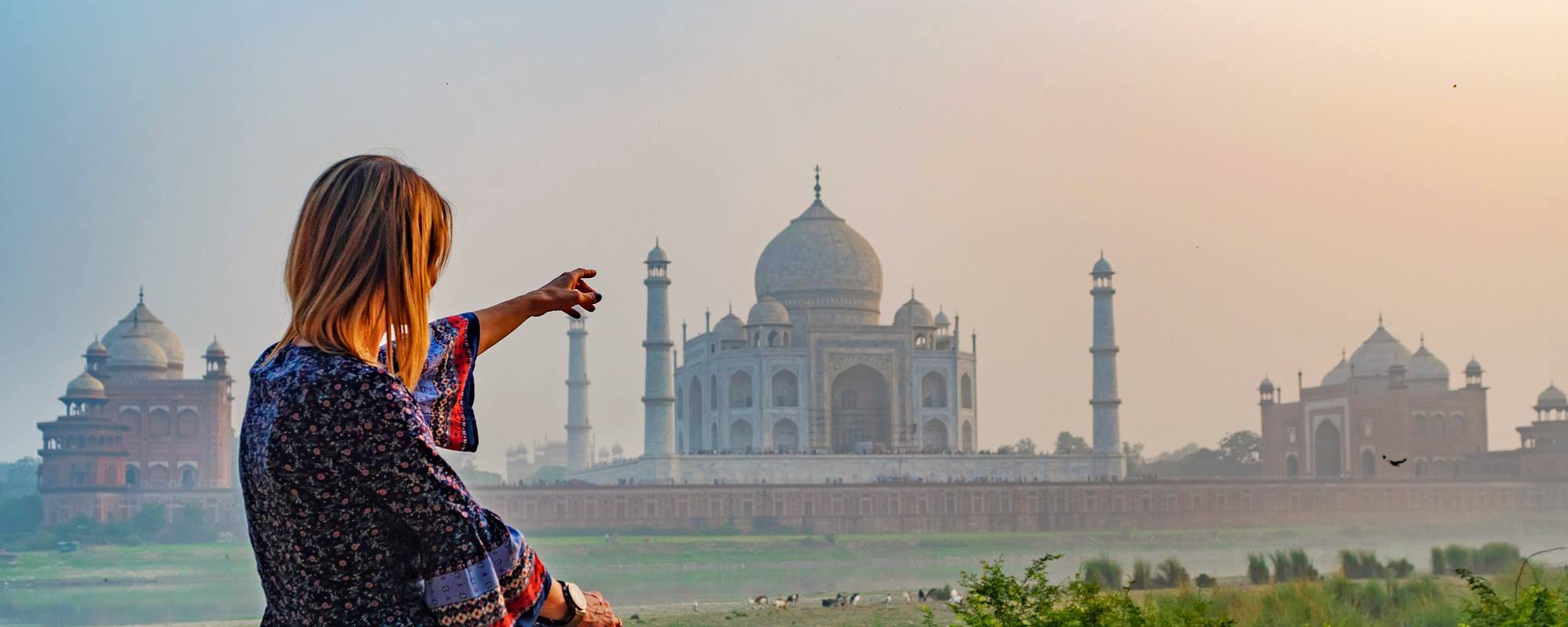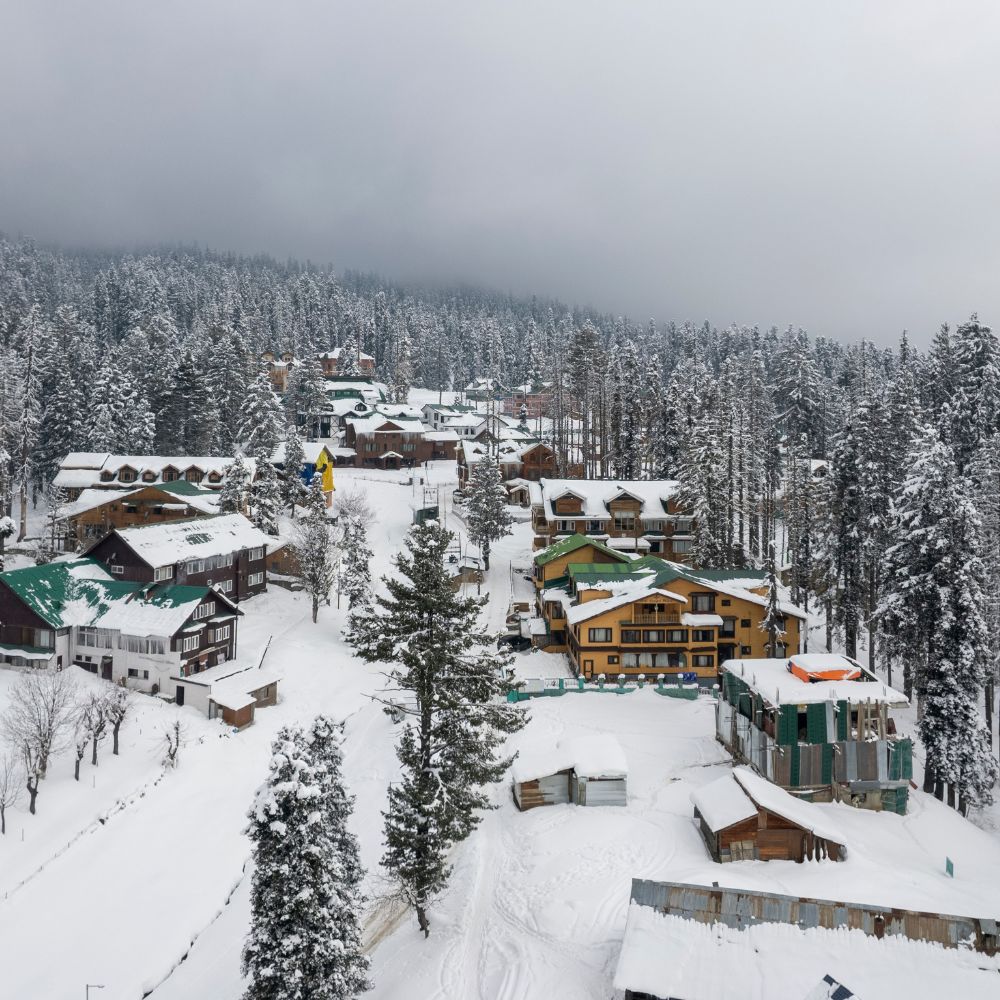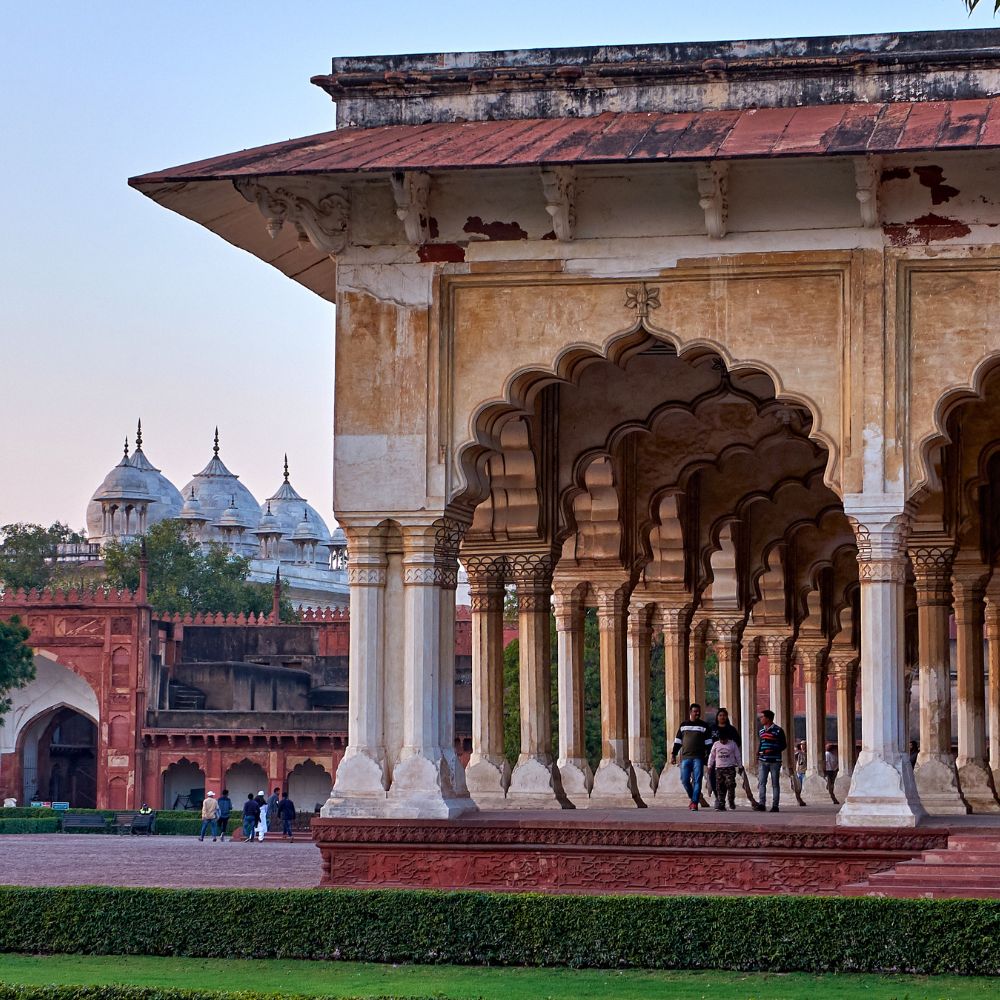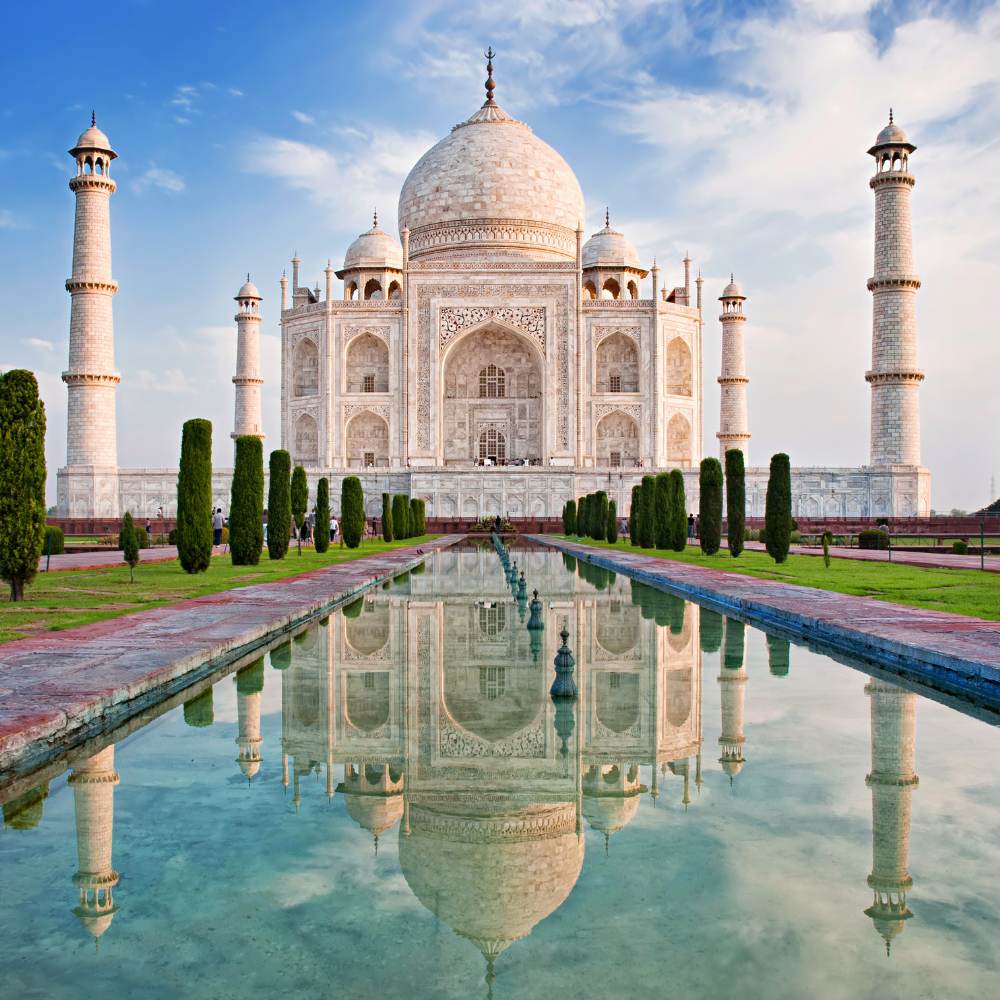Rajasthan is often synonymous with majestic forts, golden sands, and royal tales etched into every stone. While Jaipur, Udaipur, and Jodhpur attract most of the attention, tucked away between Jodhpur and Nagaur lies a serene and relatively undiscovered gem—Khimsar Village. With its ancient fort, peaceful sand dunes, and unexpected desert oasis, Khimsar is a tranquil escape for those seeking offbeat experiences.
The Legacy of Khimsar Fort
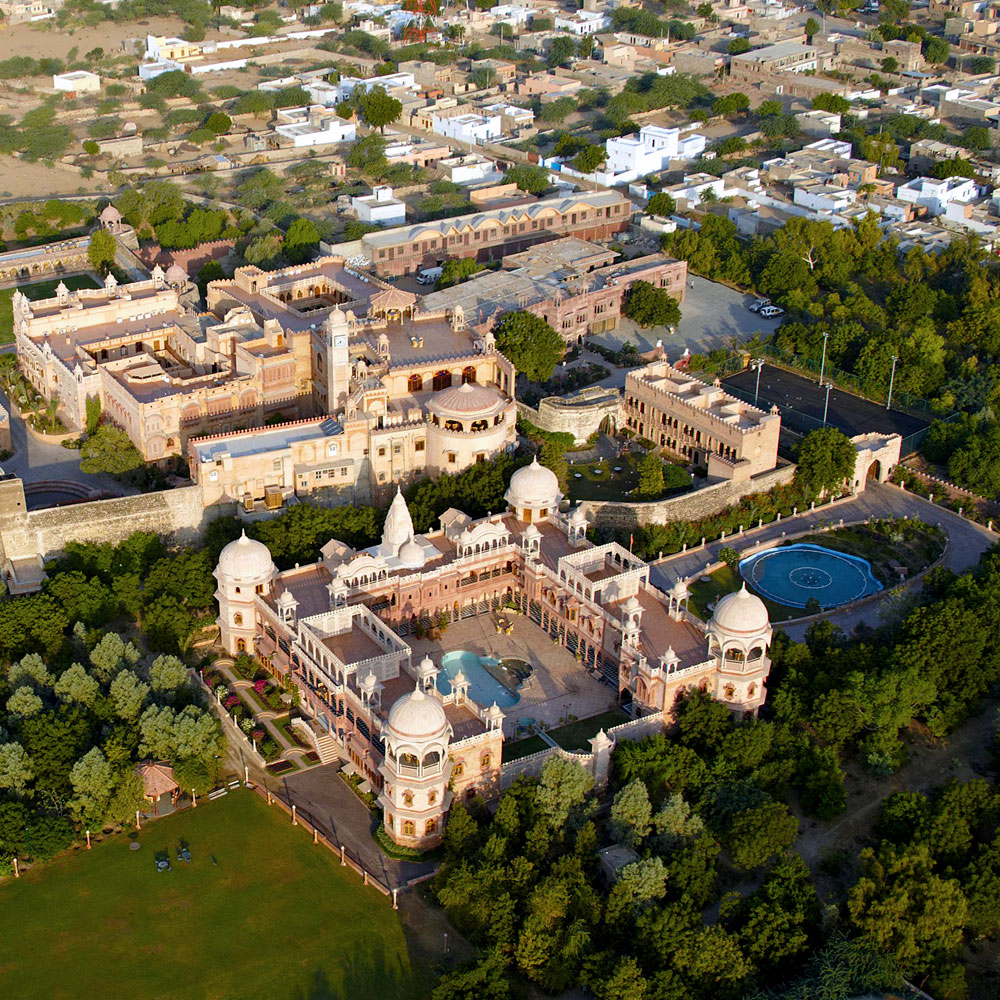
Built in 1523 by Rao Karamsji, the 8th son of Rao Jodha (founder of Jodhpur), Khimsar Fort stands as a symbol of Rajput valour and architectural grandeur. What once served as a strategic military outpost now invites guests to step into history through its transformation into a luxurious heritage hotel.
The fort's architecture reflects a blend of war-readiness and residential elegance. Majestic turrets, intricately carved balconies, and sprawling courtyards transport visitors to a bygone era. Inside, the interiors showcase royal furnishings, antique artefacts, and traditional Rajasthani decor. Staying here is not just a visit; it's a regal experience. Guests are treated to cultural evenings with folk music and dance, traditional cuisine, and guided heritage walks that narrate the fort's fascinating past.
The Enchanting Sand Dune Village
Just a short drive from the fort lies one of Khimsar's most surreal attractions—a desert oasis nestled amidst rolling sand dunes. The Khimsar Sand Dune Village offers an extraordinary contrast: a calm, mirror-like lake surrounded by golden dunes. This artificial lake, created initially for water harvesting, has now become the centrepiece of a unique desert eco-resort.

Visitors can reach the dunes via camel rides, horseback journeys, or even thrilling jeep and ATV safaris. At sunset, the view is mesmerizing—crimson hues reflecting off the water, silhouettes of camels against the sky, and the soft rustling of the dunes in the wind. At night, the area comes alive with traditional bonfires, local musicians playing folk instruments, and Rajasthani dinners under a starlit sky.
Whether you're seeking a romantic evening, an adventurous day out, or wish to unwind in nature, the Khimsar Sand Dune Village delivers an unforgettable desert experience.
Wild Encounters: Blackbuck Reserve & Beyond
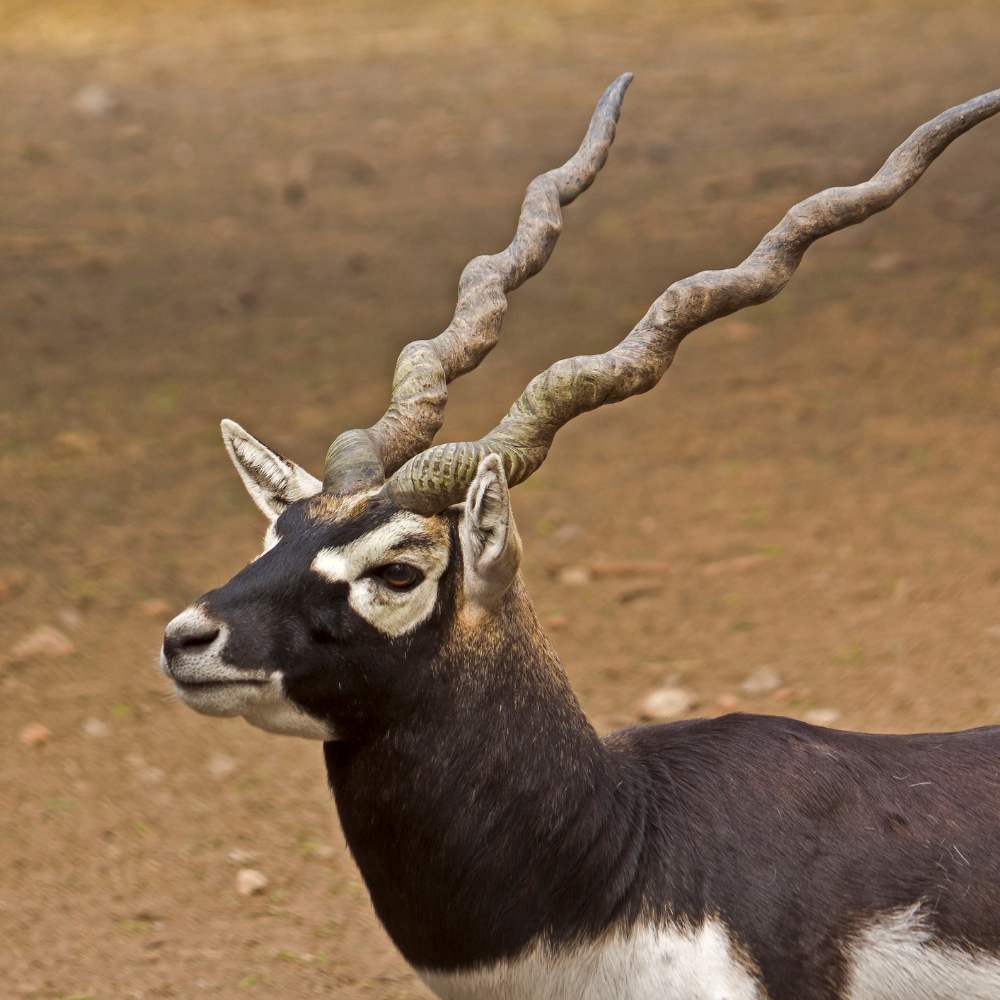
For wildlife lovers, Khimsar is more than just scenic beauty. Just a few kilometres away lies the Panchala Blackbuck Reserve, home to the elegant blackbuck antelope—a species rarely found in most parts of India. The reserve also shelters chinkaras (Indian gazelles), blue bulls (nilgai), and a variety of bird species, making it a delightful spot for both photographers and nature enthusiasts.
Jeep safaris through this arid terrain offer a chance to witness wildlife in its natural habitat. Early mornings and late afternoons are the best times for sightings. For those with a keener interest in ornithology, the Dhawa Doli Wildlife Sanctuary, located slightly farther out, offers fantastic birdwatching opportunities.
These safaris not only provide a glimpse into Rajasthan's unique ecosystem but also highlight the region's commitment to conservation and eco-tourism.
Nagaur Fort & Cattle Fair
While Khimsar remains peaceful and uncrowded, a short trip to nearby Nagaur opens the doors to a more vibrant, chaotic slice of desert life. The Nagaur Fort, another architectural marvel, showcases a blend of Mughal and Rajput influences with its fountains, gardens, and well-preserved palaces. It's less commercialized than other forts in Rajasthan, allowing for a more intimate exploration.

Picture source: Wikipedia
However, the most dazzling attraction is the Nagaur Cattle Fair, which is held annually between January and February. This fair is among the largest livestock markets in India and is a cultural explosion of colour and sound. Traders across the state bring camels, horses, and bullocks to buy, sell, and showcase in competitions.
Events like camel races, turban-tying contests, tug-of-war matches, and musical performances captivate visitors and offer an unfiltered glimpse into rural Rajasthani life. For travellers, it's an opportunity to engage with local communities, capture stunning photographs, and buy authentic handicrafts.
Local Life & Culture
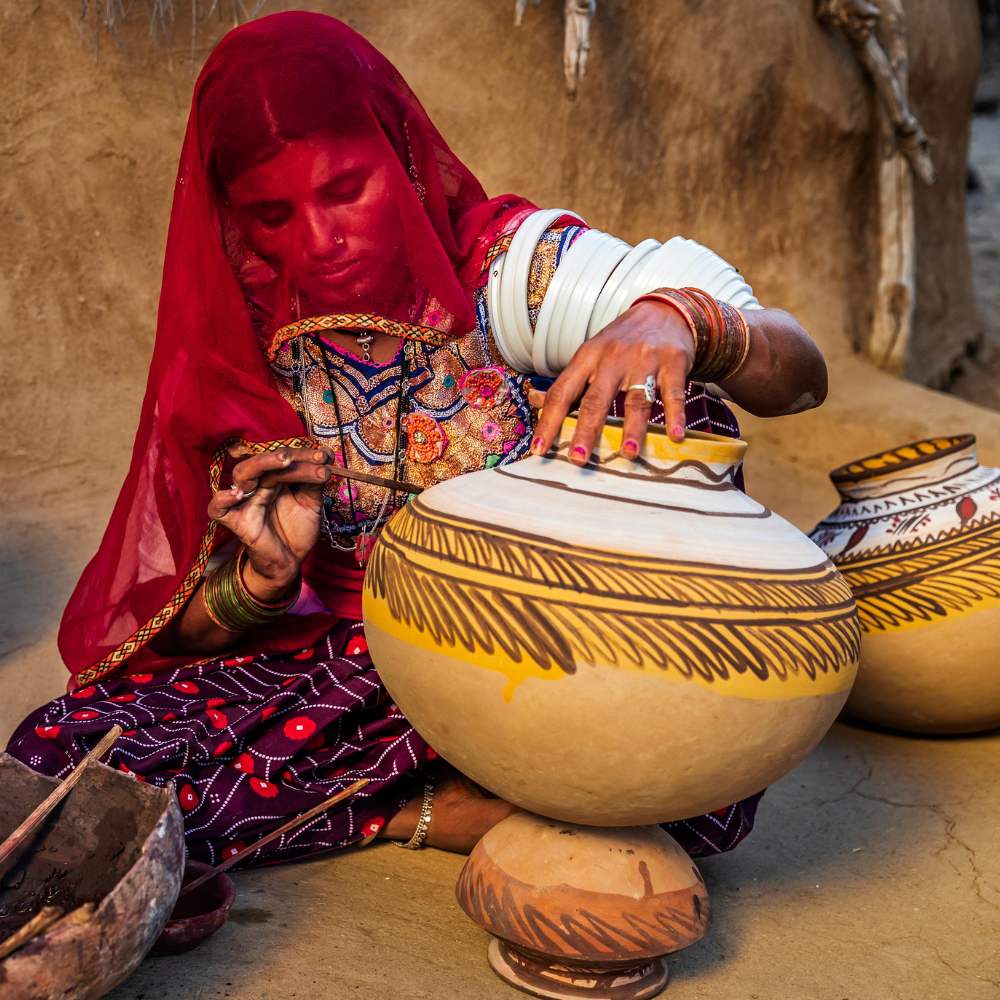
Beyond the dunes and forts, Khimsar's real soul lies in its people and their way of life. The village exudes a quiet charm, where agriculture remains the backbone of the economy, and time seems to move at its own pace.
Walking through the village, you'll see mud houses adorned with vibrant murals, women in bright ghagras drawing water from wells, and artisans practising age-old crafts. Khimsar is also home to several temples, including the sacred Sachiya Mata Temple and various Jain shrines, each steeped in history and folklore.
Visitors are encouraged to take guided village walks, which often include stops at local potters, weavers, and farmers' homes. These interactions help promote responsible tourism while offering travellers a more meaningful connection to the place.
Where to Stay
Khimsar offers a range of accommodation options that cater to both luxury seekers and those on a moderate budget.
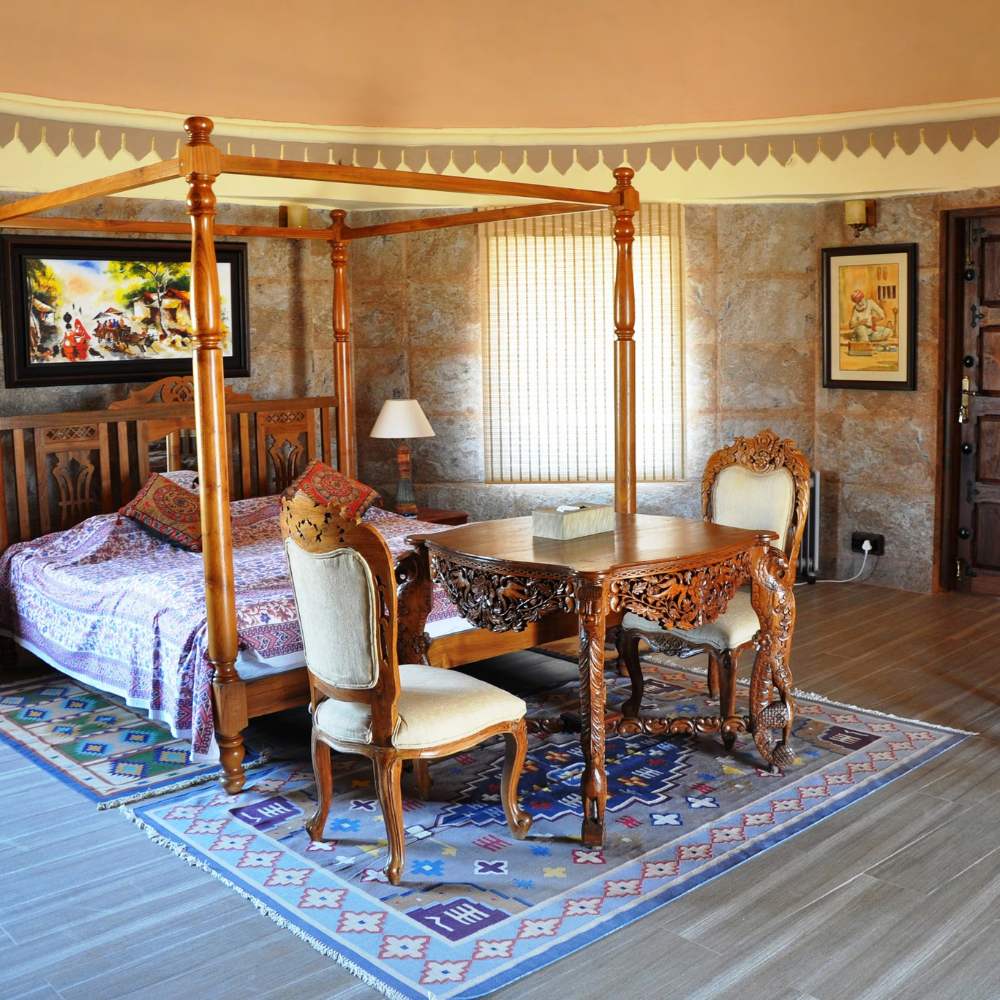
1. Khimsar Fort Heritage Hotel
The crown jewel of the village, this heritage property offers regal suites, impeccable hospitality, and a truly immersive cultural experience.
2. Khimsar Dunes Village Resort
Located amidst the sand dunes, this resort is perfect for those who want to experience desert life without sacrificing comfort. Huts are built using eco-friendly materials and offer stunning views of the oasis.
3. Homestays and Budget Lodges
For travellers who prefer simplicity, several homestays and budget guesthouses are available in and around the village. These accommodations offer basic amenities with warm Rajasthani hospitality.
Food & Dining
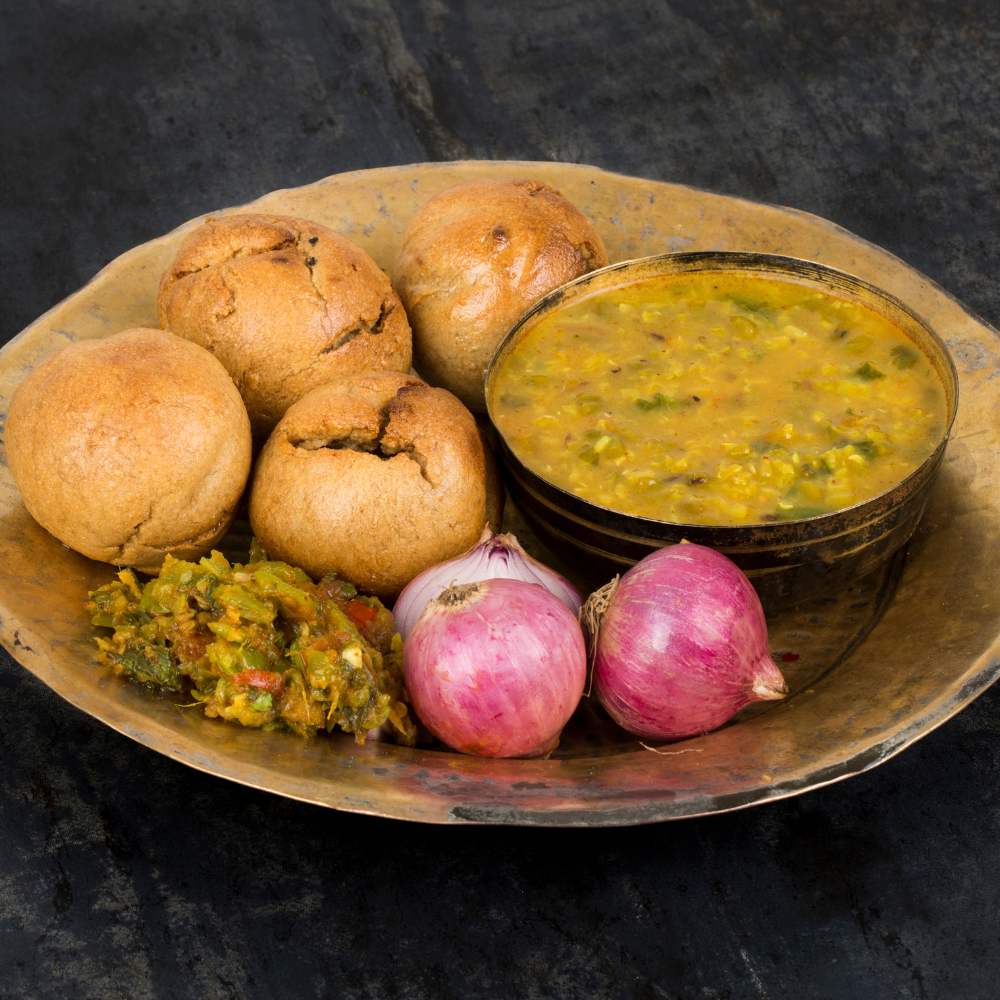
Rajasthani cuisine is known for its bold flavours, generous use of spices, and inventive recipes adapted to desert conditions. In Khimsar, you can enjoy authentic dishes like dal baati churma, ker sangri, and gatte ki sabzi, which are often served in traditional thalis.
The restaurants within the fort and dune resort offer curated dining experiences—think candle-lit dinners in courtyards or buffets under the stars. For a more local taste, small eateries in the village serve homemade-style food that captures the essence of Marwari cooking.
Don't miss out on traditional snacks like mirchi bada, moong dal kachori, and freshly made jalebi with tea.
How to Reach Khimsar
Khimsar is well-connected by road and can be easily accessed from major cities in Rajasthan:
- By Air: The nearest airport is in Jodhpur, around 100 km away. Taxis and buses are available from the airport to Khimsar.
- By Train: The closest railway stations are Nagaur (50 km), Osian (60 km), and Jodhpur (95 km). Jodhpur is best connected to major Indian cities.
- By Road: Located on NH11/NH62, Khimsar is accessible via private car or bus. The drive from Jodhpur takes approximately 2 to 2.5 hours.
Travelers are advised to carry water, sun protection, and offline maps, especially when driving through desert terrain.
Best Time to Visit
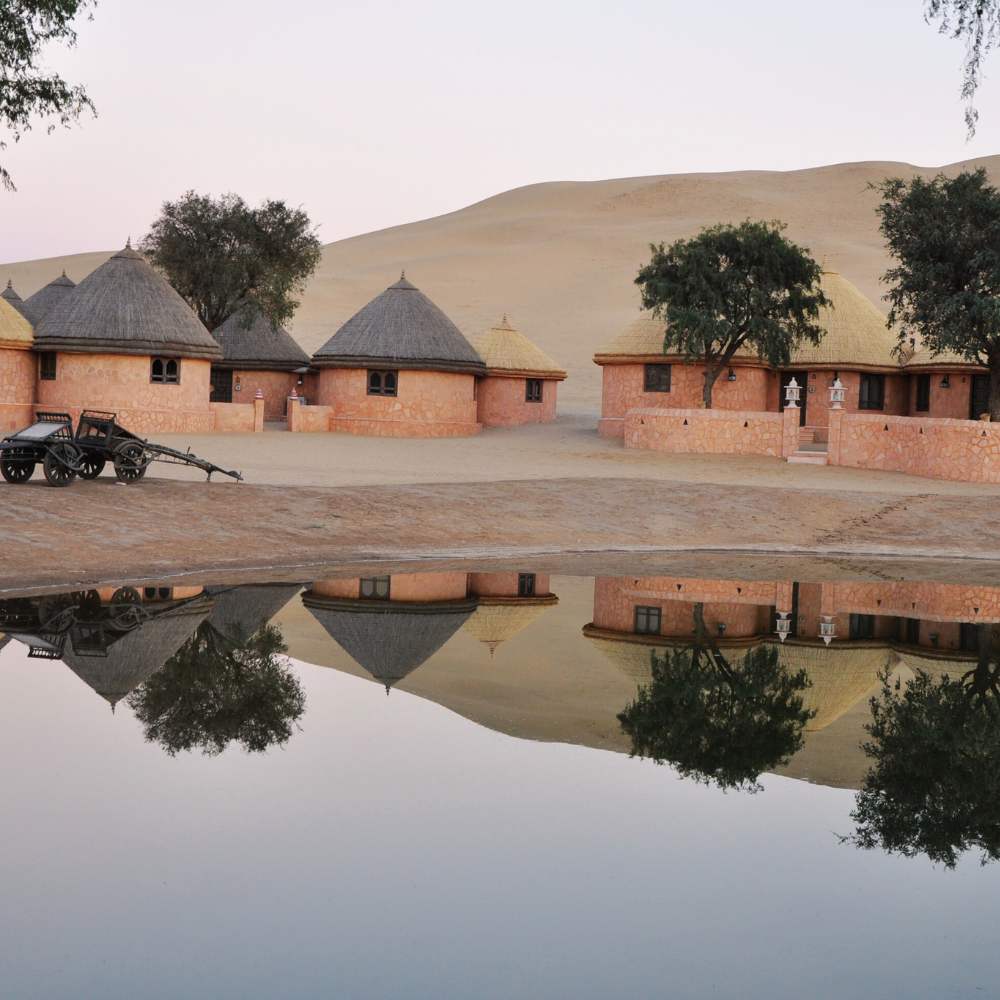
The best time to explore Khimsar is from November to February. The weather is cool and pleasant during these months, perfect for outdoor activities and sightseeing.
This period also coincides with several festivals and fairs, making it a culturally enriching time to visit. However, the summer months (March to June) are extremely hot and best avoided unless you're staying indoors at a resort.
Tips for Travelers
- Dress in layers: Days can be warm, but nights are often chilly.
- Carry cash: ATMs are limited in the village.
- Book safaris and accommodations in advance during peak season.
- Respect local customs, especially when visiting temples.
- Support local artisans by purchasing handicrafts directly from them.
Conclusion
Khimsar offers a rare blend of royal heritage, natural beauty, and rural authenticity. Whether you're exploring its majestic fort, riding a camel through sand dunes, or enjoying a quiet village walk, this hidden oasis promises a unique and soul-stirring experience.
For travellers seeking something beyond the usual tourist trail, Khimsar is Rajasthan at its most enchanting—untamed, unfiltered, and utterly unforgettable.
